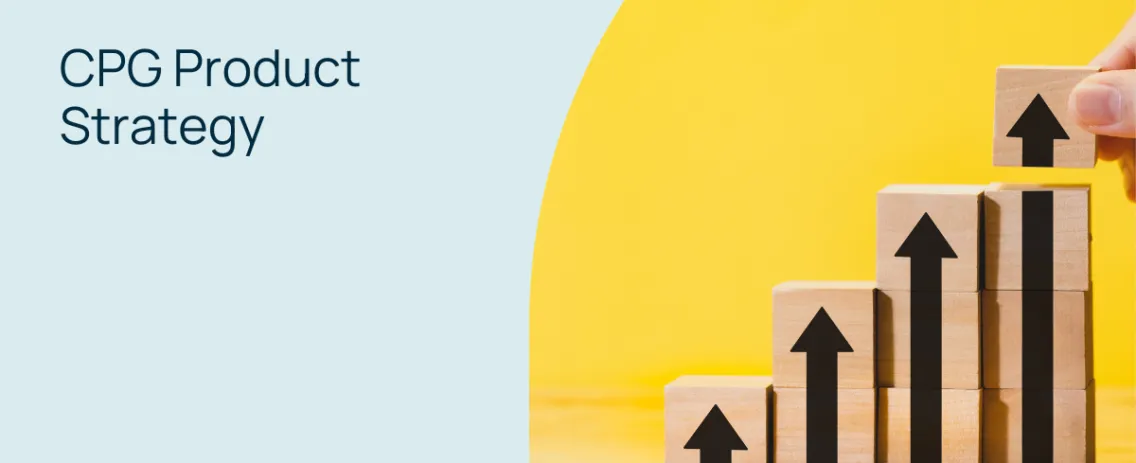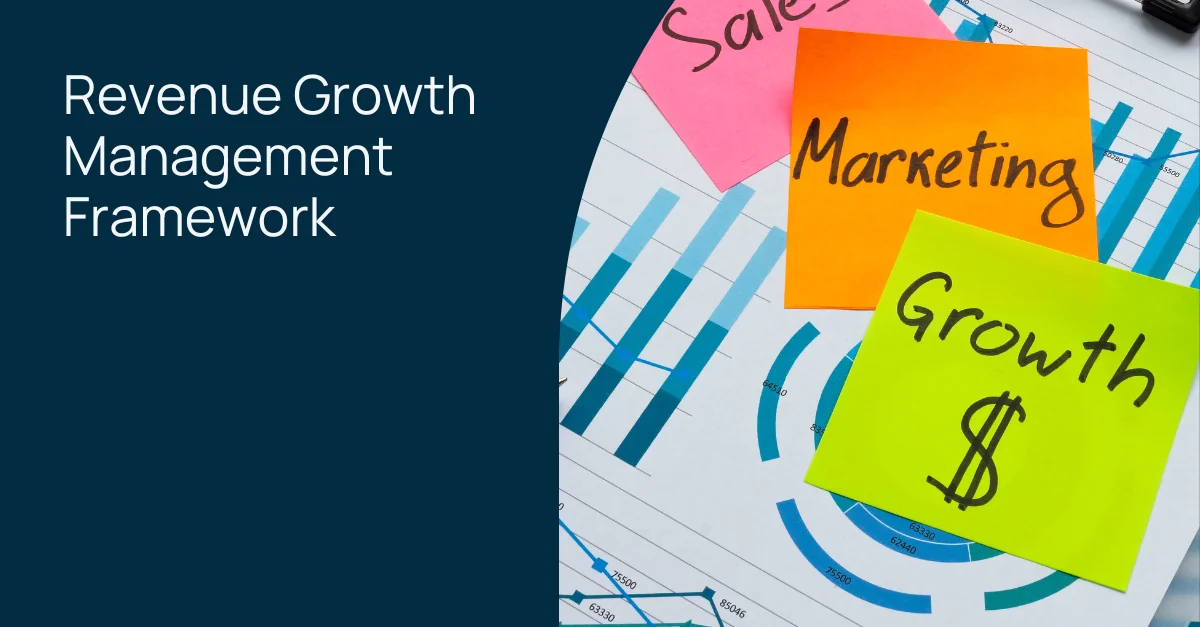
Developing a seasonal CPG product strategy that delivers year after year
For consumers, seasonal events such as Christmas, Thanksgiving, or even Valentine’s Day, are chances to come together with loved ones, or at least with family. And all are intimately related with food and drink, and a range of other consumer packaged goods.
In the CPG world, you can guarantee that even as Thanksgiving delicacies are flying off the shelves, Christmas sweet treats are on the way, while someone is already agonizing over exactly what final touches need to be made to the Valentine’s Day assortment.
There’s a lot at stake here after all. In the US, almost two thirds of chocolate and candy sales are attributed to the “big four seasons”, i.e., Valentine’s Day, Easter, Halloween, and the winter holidays.
A successful seasonal product can make the leap from being just another consumable to being a time-honored tradition, an essential part of a family or group’s annual celebration.
But the seasonal product market is fraught with challenges. The only thing sadder than a pile of unsold seasonal products in a supermarket aisle is, perhaps, a product manager who couldn’t supply enough product to a key retail partner. Making the most of seasonal opportunities requires agility, innovation, a deep relationship with retail partners, an intimate understanding of the consumer, and a deep understanding of the market overall.
This blog will take you through the potential for seasonal products, and the challenges CPGs face in taking full advantage of the opportunities. It will explain how an integrated, data driven approach, underpinned by cutting edge AI can allow CPGs to construct product strategies that will allow them to make the most of every season.
Context of seasonal products in CPG
Seasonal products can deliver a massive sales boost for CPG companies. In the UK, sales of Easter eggs alone account for 10 percent of the country’s annual spending on chocolate.
But this is more than a volume play. Specially packaged seasonal products might be more profitable gram for gram, kilo for kilo than their day-to-day equivalent, whether we’re talking chocolate, biscuits, or spiced coffee. Just as some retailers might bank on a given holiday to ensure their profitability for a year, some product managers might depend on the success of given seasonal products to underpin their own group’s overall success.
It’s a cliché that Christmas starts earlier every year, but timing and assortment are everything. CPG manufacturers are focused on having the right products available in the right quantity at the right time to ensure they capitalize on the general excitement and harvest the full benefit of the selling season.
So, there is immense pressure on the full range of CPG professionals, from demand forecasters to marketing and promotions specialists, and of course, account handlers. If they mis-forecast inventory needs, get the assortment wrong, or fumble on promotions and trade spend investments, they can be undermining their division, even the whole company, for a year.
But if a manufacturer can establish their brands as an integral part of the celebrations, and consistently offer the right terms to their retailer partners, they can continue to benefit from that status every year, just like the songwriters behind a perennial Christmas hit.

Challenges in seasonal CPG product strategy
If the potential returns associated with seasonal products are formidable, so are the challenges CPG professionals face in achieving them.
Some events might be annual, but their timing can change. Easter is the classic example, but the precise impact of others can be affected by the day of the week they fall on. Other factors like the weather can play a critical role. An early Easter can be dampened by unseasonably cold weather.
And significant as seasonal events are, they also happen in the context of larger trends, whether commodity price moves, supply chain issues, and the broader economic environment.
These issues compound the difficulties planners face in abstracting the uplift associated with a given event from the normal run of business. And if it is difficult to establish the baseline for a given category, how much harder is it to produce accurate forecasts which account for all these different factors.
Dedicated CPG professionals will aim to work these factors into their models. But this is where the limitations of technology can really bite. Are they forced to pull together data from legacy systems manually, on an ad hoc basis? Are their forecasts based on bespoke, spreadsheet driven models? Can they see what other brand or functional teams are doing or expecting? And how do they compare a “new”, even “improved”, product with a marginally different SKU the previous year?
When valuable time is wasted manually collating and moving data, or performing hard switches in legacy ERP systems, less time is available for dealing with the unexpected or focusing on innovation. And the ability to plan for different scenarios shrinks to almost nothing.
CPG pros might feel they have to decide between embarking on their holiday preparations in a state of blissful ignorance or looming dread. But it doesn’t have to be that way.

Solution
Seasonal shopping periods might appear to be a chaotic, often emotional time.
But this might be a reflection of the systems CPG product managers are relying on. Legacy tooling will, at best, give a high-level view of what has happened in the past and a basis for some kind of future forecast. But this will often be comparatively static and will become more fragmented as they attempt to drill down into specific lines or markets.
Moreover, pulling together data manually means a greater chance of out of date or incorrect data finding its way into their models. Conversely, more recent data, including syndicated market data, might be impossible to integrate.
If they want to make the most of the opportunity seasonal products offer, CPGs should be evolving a data driven approach, which gives them visibility across both their own operations, including performance in previous years, and the market as a whole.
This requires integrated software, which can automate the smooth, timely collation of data from all relevant sources. Moreover, the use of artificial intelligence and cutting-edge algorithms will make it easier to establish both reliable baselines, which take account of the unexpected, and reliable forecasts of likely future performance.
With such tooling at their disposal, CPG professionals are not just able to develop better founded strategies covering trade promotions and investing, but to move towards scenario planning. This allows them to finetune their own strategies in the light of broader corporate objectives, and to have a range of options to present to retailers, smoothing negotiations ahead of critical sales periods.
It allows them to look beyond the rollercoaster of seasonal events and evolve strategies that will help their organizations manage revenue growth in a sustainable way.
How Visualfabriq helps with CPG product strategy
It’s all too easy to forget the bigger picture when it comes to seasonal product strategies. But to make the most of these opportunities, CPG teams need to understand the broader context within which they are operating.
That includes the economic, even geo-political factors that can affect their business. But it also means understanding what a given season means for other lines of business, and other functional teams. Seasonal party food is likely to be served up with particular beverages. A morning of chocolate eggs might be followed by a traditional, expansive dinner – though the centerpiece might vary from region to region.
And trade investments and promotions might deliver greater benefits if synced with other marketing events.
That’s why Visualfabriq’s software offers not just data connectivity but automated data collection. This ensures professionals have all the data they need, on an ongoing basis. But it also uses cutting AI and analytics to make the most of that data. Its advanced models precisely establish baselines, automate uplift calculation, and produce far more accurate forecasts. This enables detailed scenario planning, and more insightful post-event analysis.
With Visualfabriq’s product lifecycle features, soft product switches become straightforward, making it easier to compare product performance year on year – and to plan for the future.
And because making the most of critical selling seasons will involve multiple SKUs and teams, it focuses on giving CPG professionals visibility across all the relevant operations and data. This is about more than producing a single calendar. It is about knowing the effect that a given promotion or investment can have on other brands of divisions, and how it contributes to company success overall.
The result is that planning for seasonal promotions is not a last-minute whirl, but a data-driven, streamlined process, where professionals can see what contribution each of their actions results in. Which means that each holiday or seasonal celebration is not just a day or a week on a calendar, but part of a broader revenue generation management strategy ensuring the health of the company years into the future.
Takeaways
Seasonal events are vitally important to families, to society, and, for CPGs, to business. However, legacy systems and manual processes can prevent CPGs from making the most of the opportunity. What is required is a data-driven, agile, and coordinated approach. This will allow product promotion professionals and their colleagues on other teams to move from a short-term, tactical approach to a more strategic and sustainable long-term approach. To find out how Visualfabriq’s software could enable your team to make this leap, head here and book a consultation or demonstration.


